Alūksne Station Barn
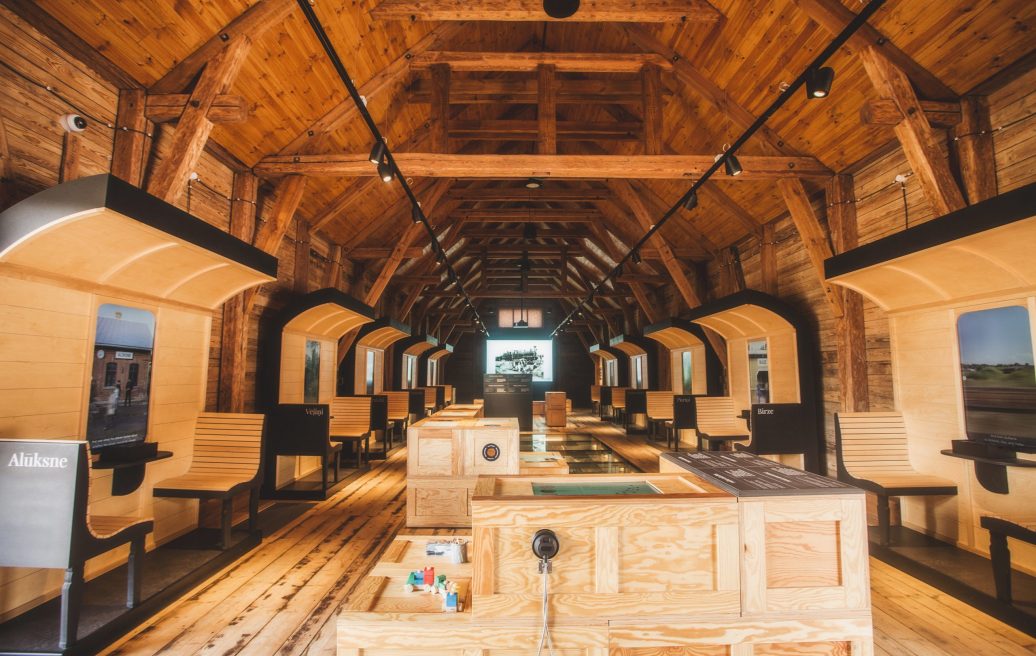
Description
The narrow-gauge railway line Gulbene–Alūksne is a cultural monument of national significance. It includes the main buildings of the Alūksne Station Complex – the station building and the Alūksne Station Barn which used to store goods and belongings transported via train.
The station was built for the former Stukmaņi (Pļaviņas)–Valka narrow-gauge railway line. The first train arrived at Alūksne station in 1902. Back then, the length of the Pļaviņas–Valka railway line was 210 kilometres. Today, the line connecting the two regional centres, Gulbene and Alūksne, is 33 kilometres long. The railway played an important role in transforming Alūksne from a village into a town in the early 20th century.
This line is unique in the Baltic and European context, as it is the only surviving engineering monument that still serves its function, carrying passengers on a daily basis.
Improvements made within the project
The project reconstructed the Alūksne Station Barn. It was restored in the shape it had acquired over the century of its lifetime. To create insulation necessary for heating, a double frame was built to the exterior of the historical structure. This original approach to renovation increased its thermal performance while allowing as much of the original high-quality construction and cladding material to be exposed as possible. The project also improved the surrounding area and restored the historical platform.
The renovated baggage shed houses a contemporary multimedia exhibition Alūksne Train Station, dedicated to the Gulbene–Alūksne narrow gauge railway line. It features 10 conceptual station windows with a moving landscape, imitating a train ride, as well as various interesting objects and a floor showcase with four types of gauges. Visitors can enjoy a digitally enhanced view of the world through a train driver’s eyes. The exhibition’s stories reveal both personal memories and technical details about trains and rail transport.
Visit the Alūksne Train Station to DISCOVER railway history, HEAR unique stories of 10 train stations, SEE how this train affected the lives of people, sustaining and inspiring them, and LEARN what it means to you.
COME and EXPERIENCE its unique story!
Investments – EUR 575,140.25
Of which:
ERDF funding – EUR 326,070.79
state budget grant – EUR 17,262.57
municipal funding – EUR 231,806.89
The project was implemented by Alūksne Municipality Local Government.
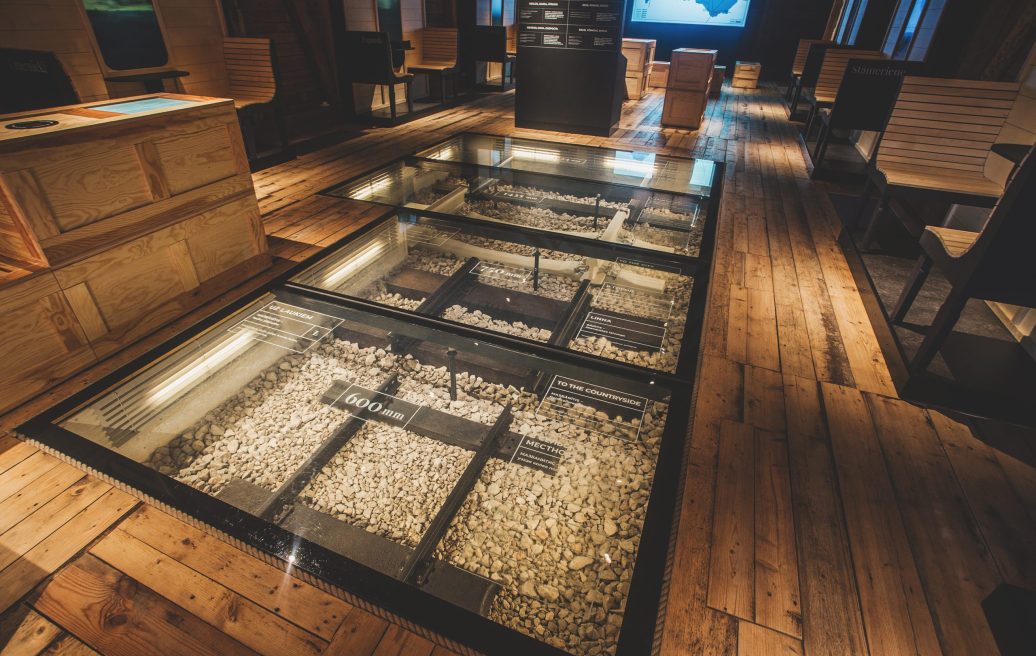

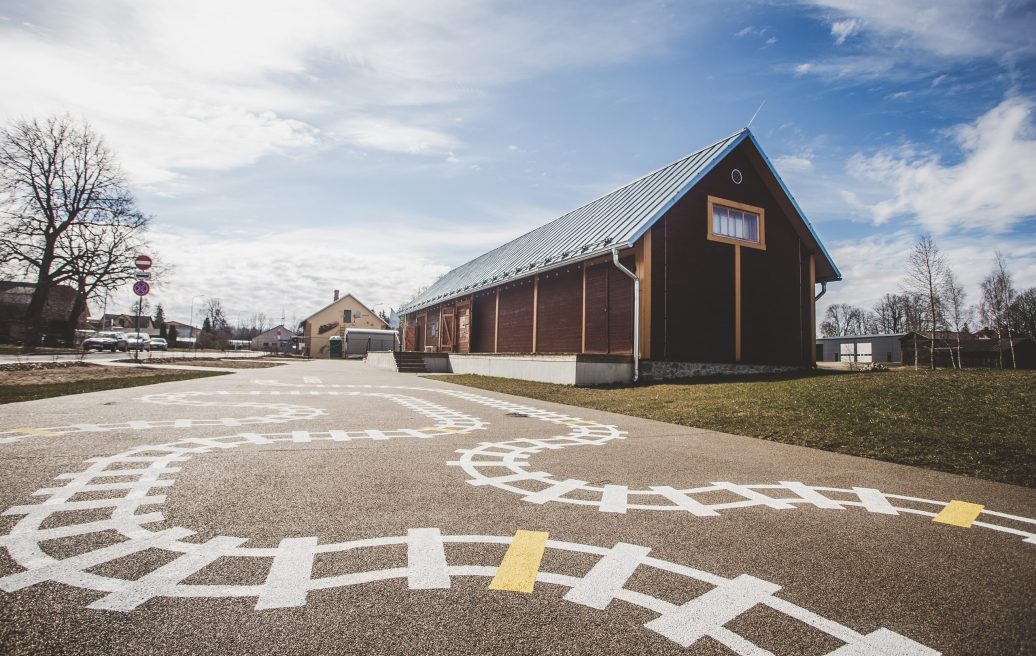
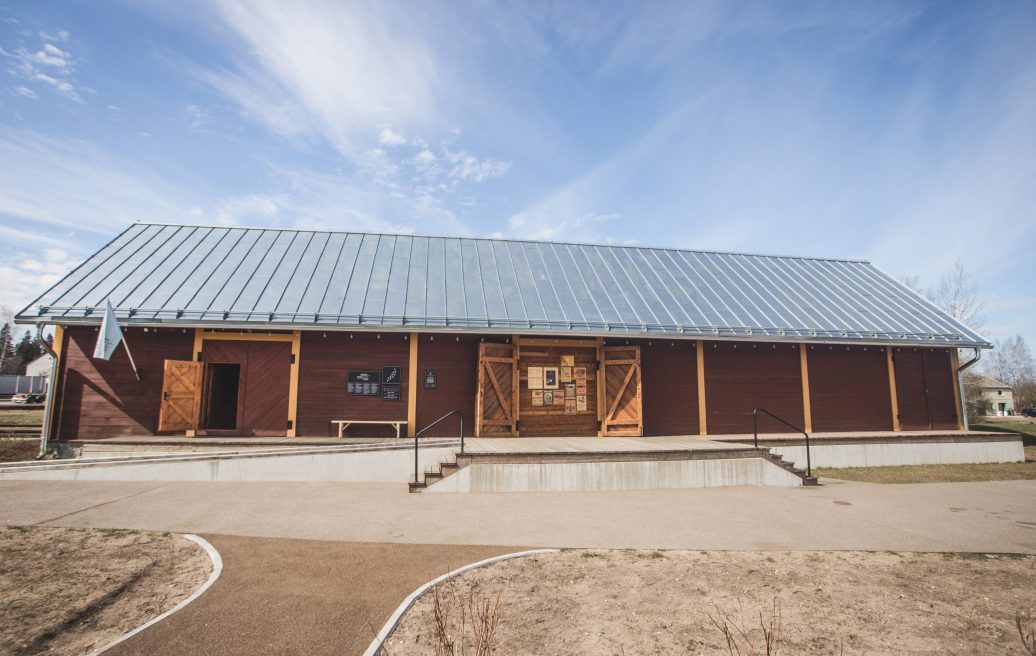
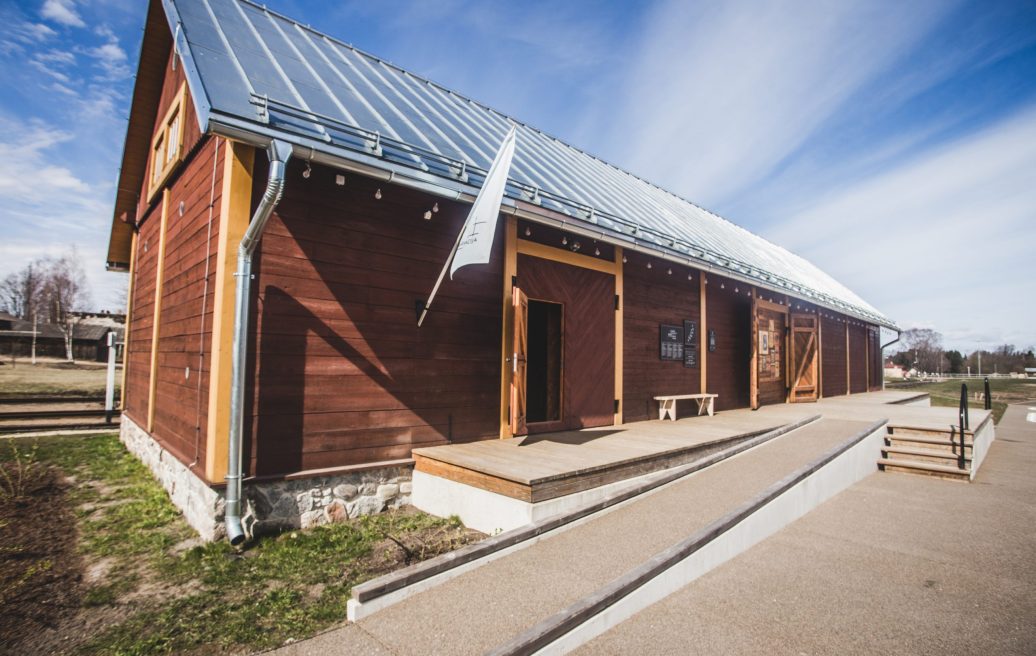
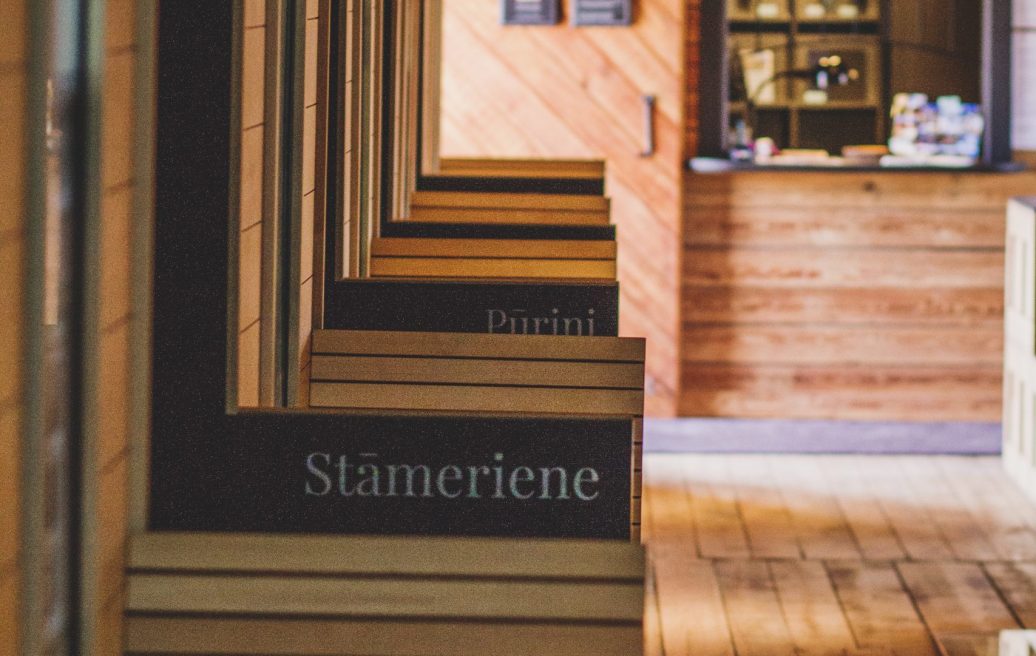
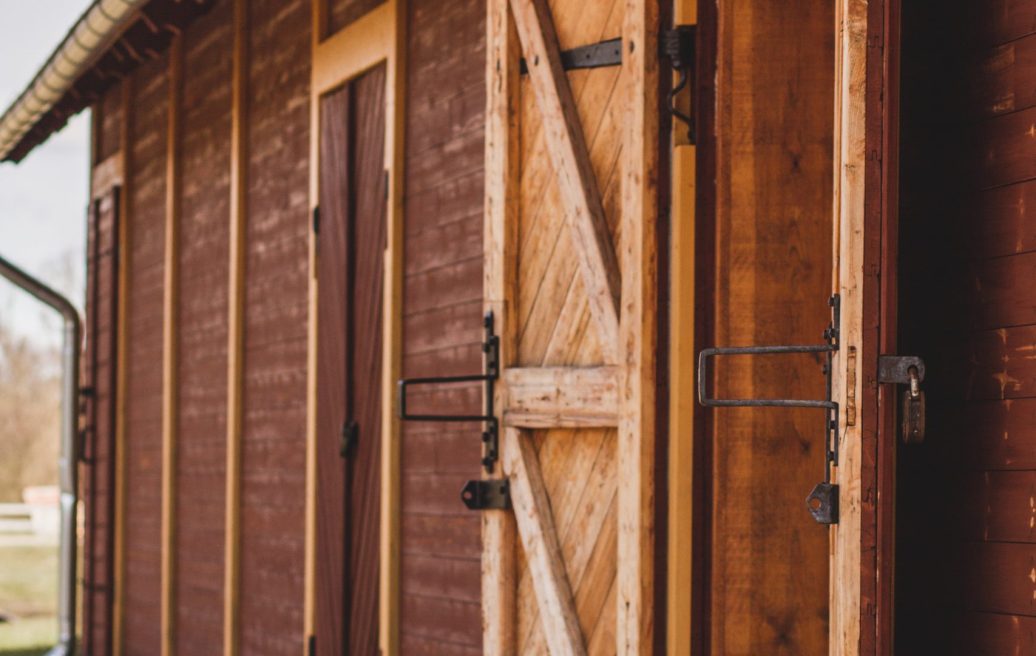
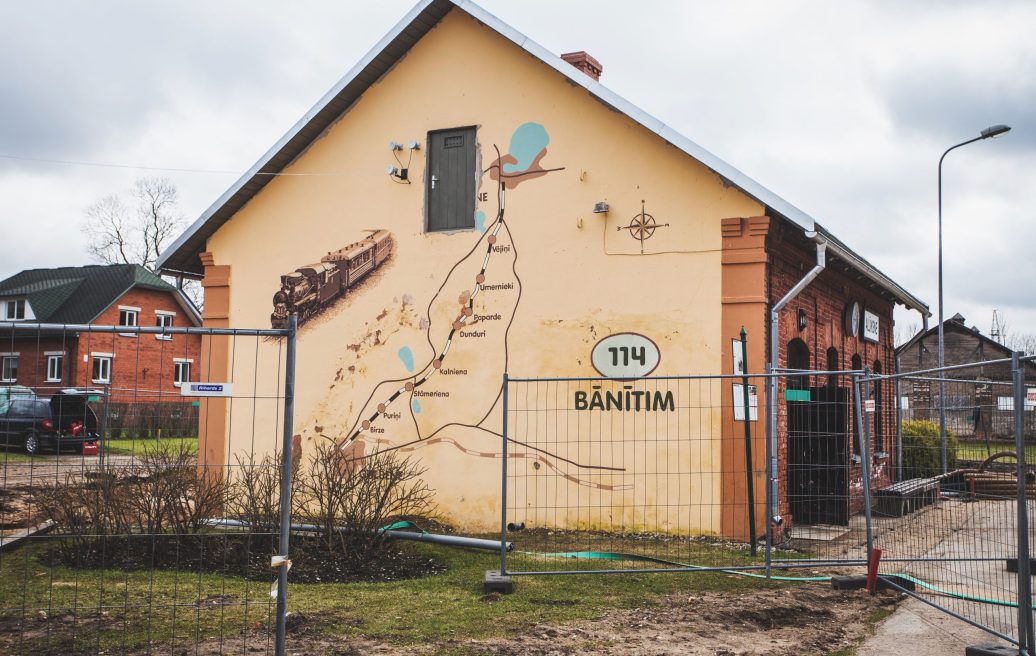
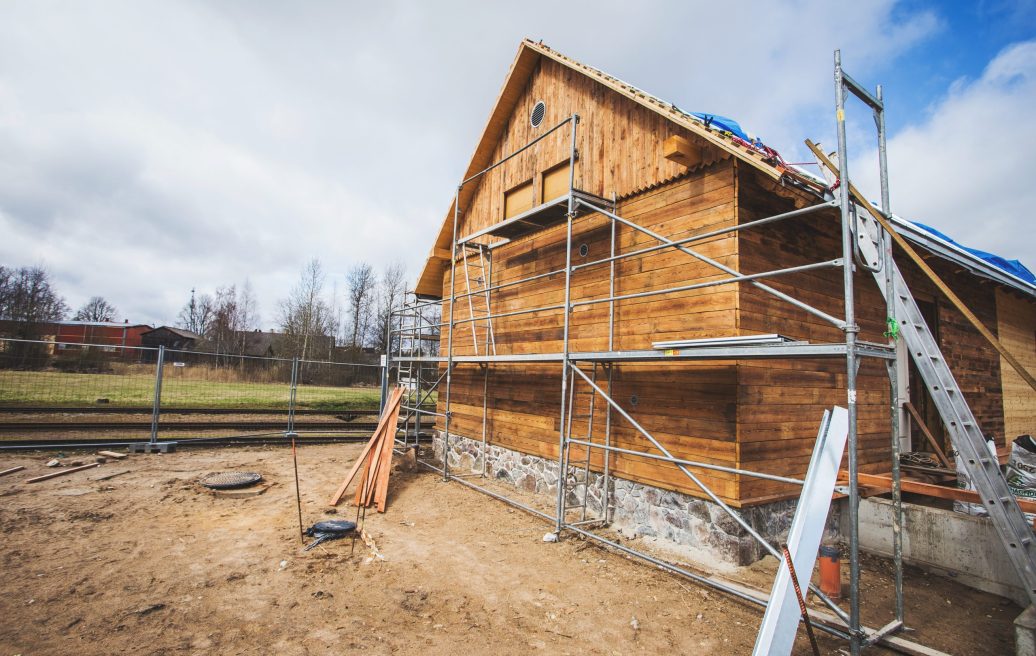
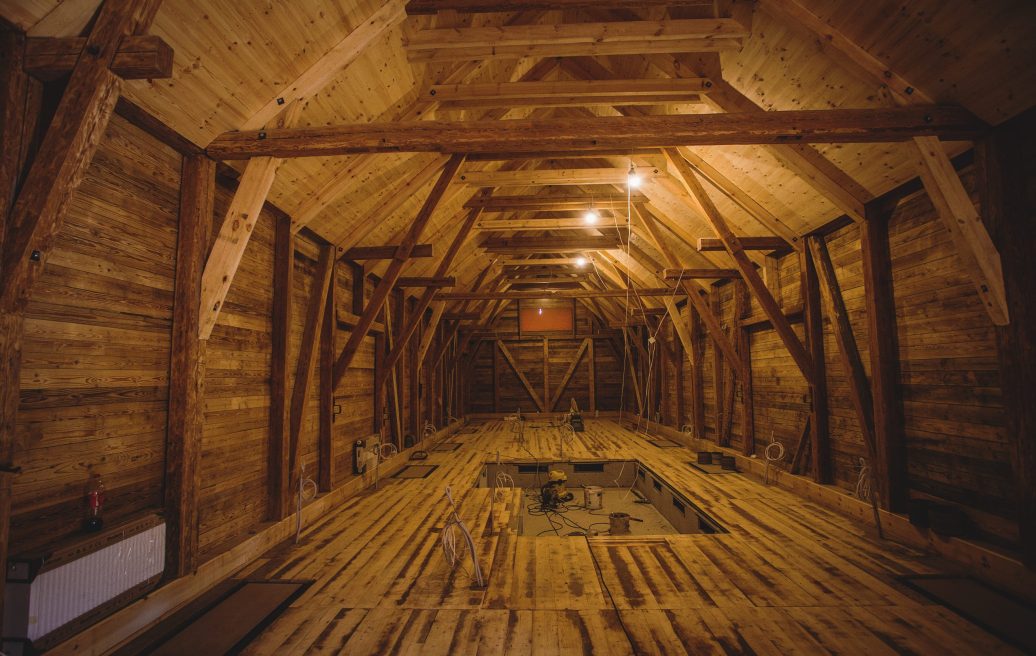
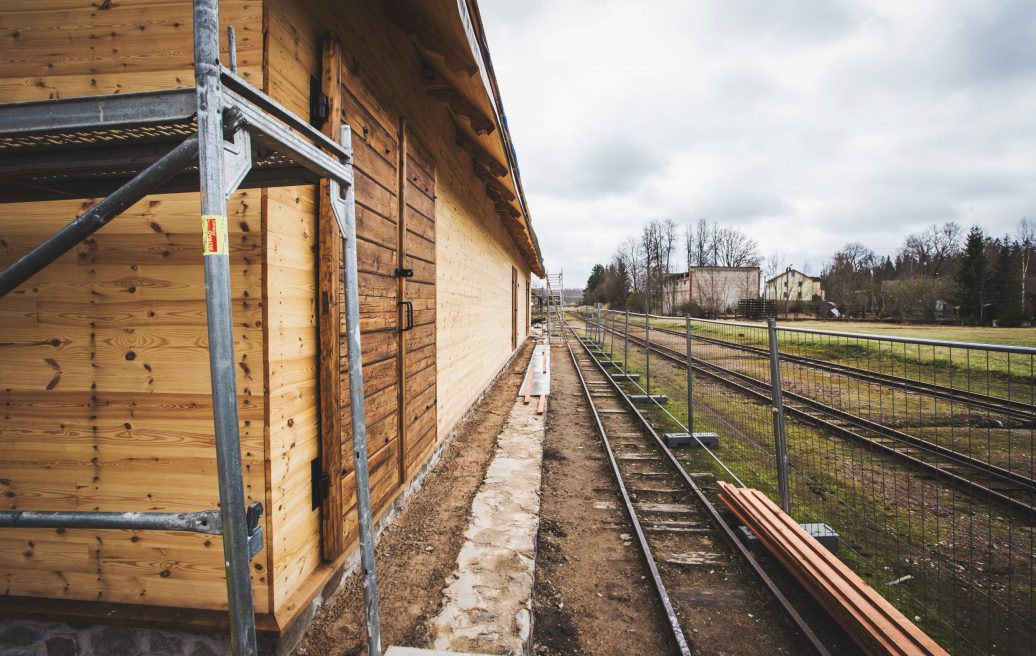
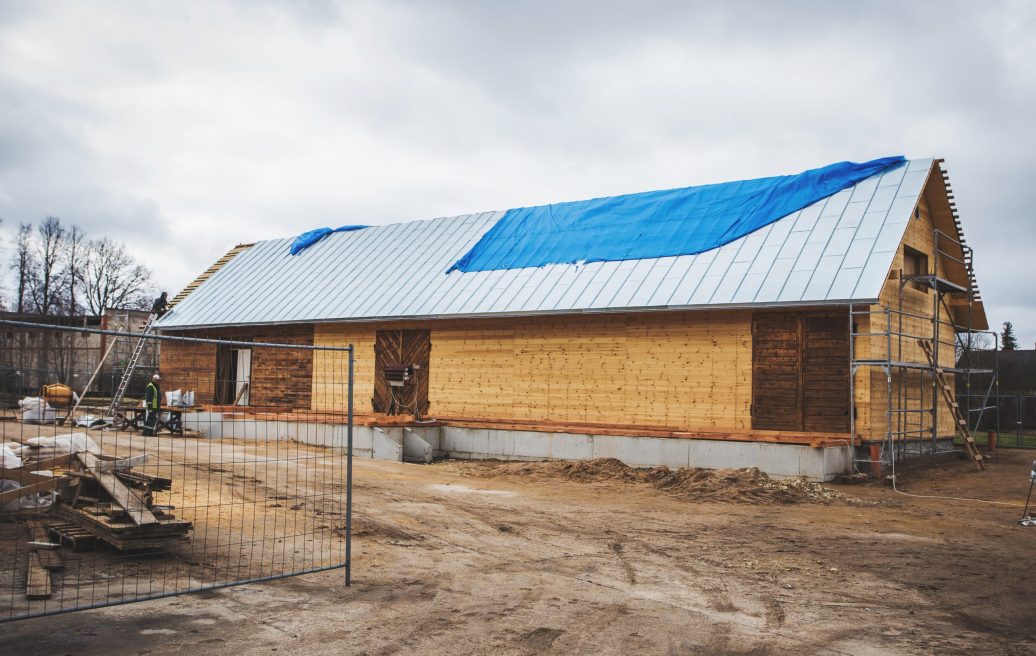
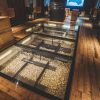
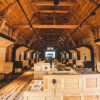
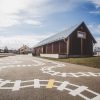
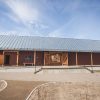
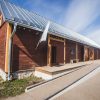


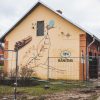
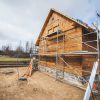
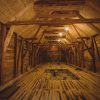
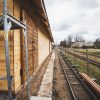
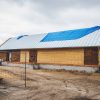
Address
Jāņkalna street 52, Alūksne.
Working time
Group visits may be organised at other times by prior arrangement via phone +371 25669604 or e-mail [email protected]
Admission fee
- EUR 6 for adults
- EUR 4 for pupils, students, pensioners
- EUR 12 Family ticket (2-4 children up to 18 years)
- For groups of 10 or more people: EUR 5 for adults, EUR 3 for pupils, students, pensioners, and children up to 6 years of age (inclusive) – free of charge
- For group leaders or teachers accompanying 10 or more persons – free of charge
- Children up to 18 years of age with disabilities, persons with group 1 disabilities and one person accompanying them – free of charge
- Guided tours in Latvian – EUR 10
- Guided tours in a language other than Latvian (Russian, English) – EUR 15
Getting there
Located in Alūksne city, access on foot or by private transport, or public transport on the routes Gulbene-Alūksne, Rīga-Alūksne, Balvi-Alūksne, etc.
Good to know
Visit to a thematic event – EUR 5 for adults, EUR 3 for pupils, students, and pensioners.
Short-term room hire for events unrelated to the exhibition – EUR 16 per hour.
On 1 June, free admission for children under 18 years of age.
From November to March, free admission on the last Sunday of the month.
On 1 October, a 50% discount for pensioners with a pensioner’s certificate.
On 23 June and 24 June, a 50% discount for persons named Jānis or Līga (with a valid ID).
On 18 November, 50% discount on all visits.
